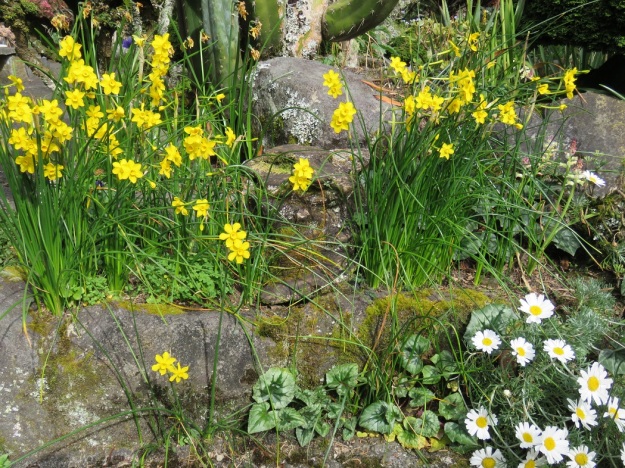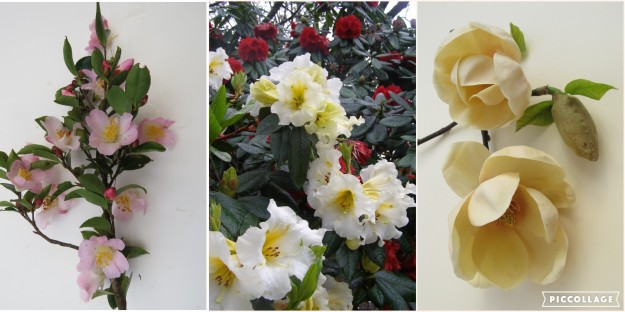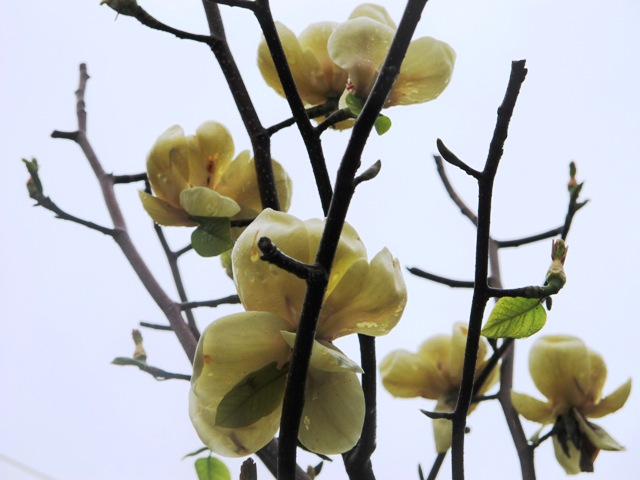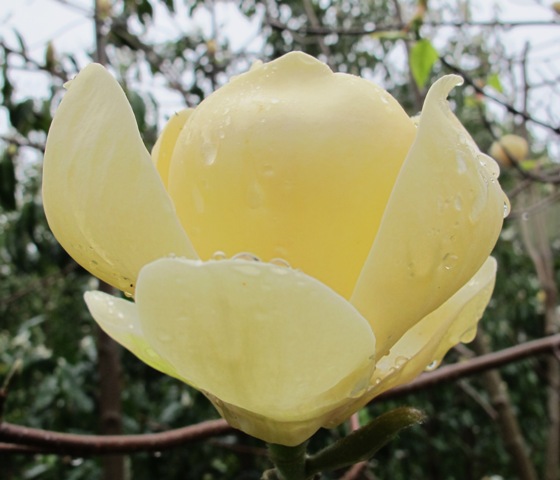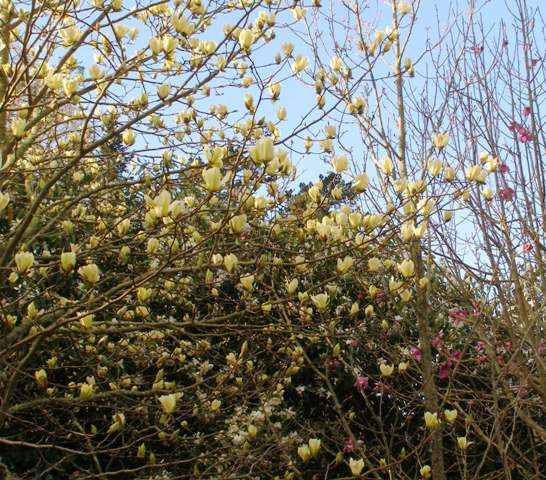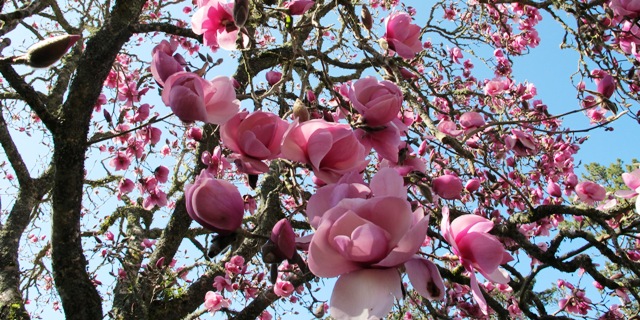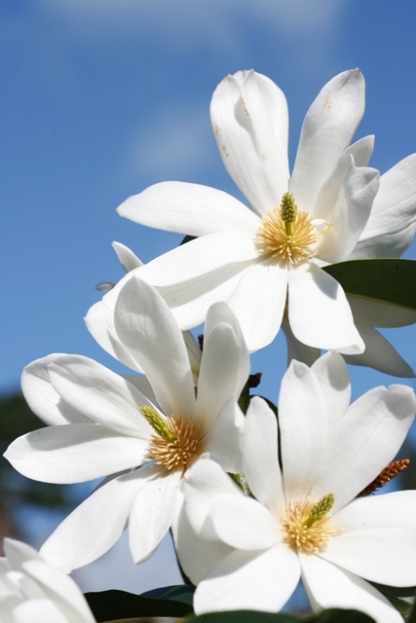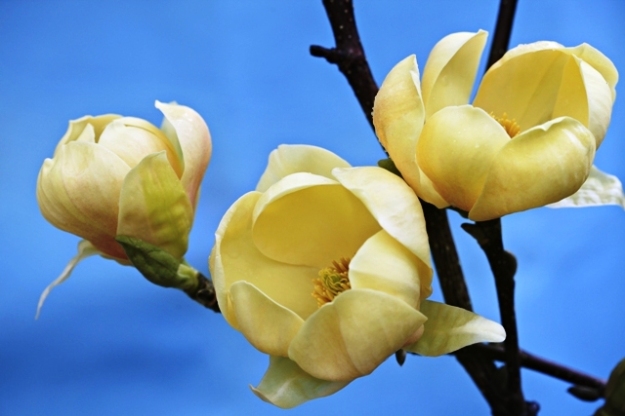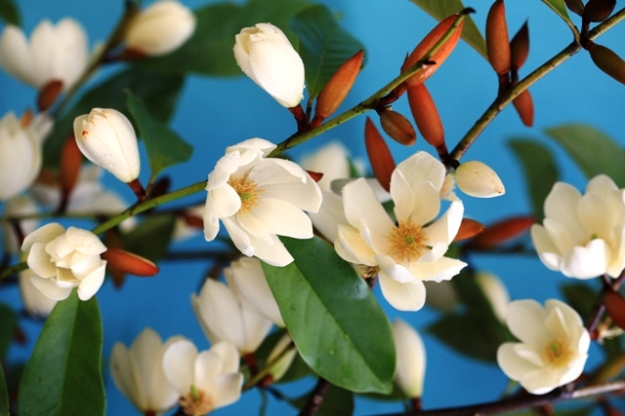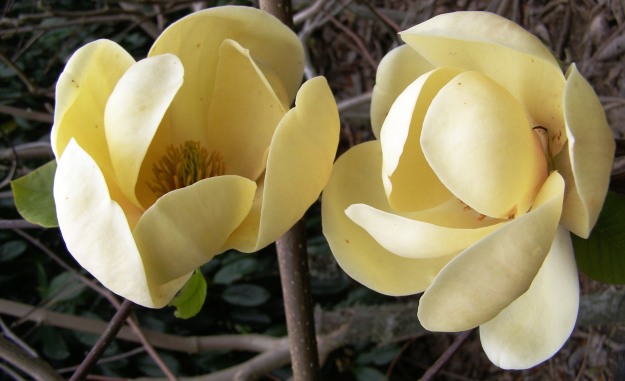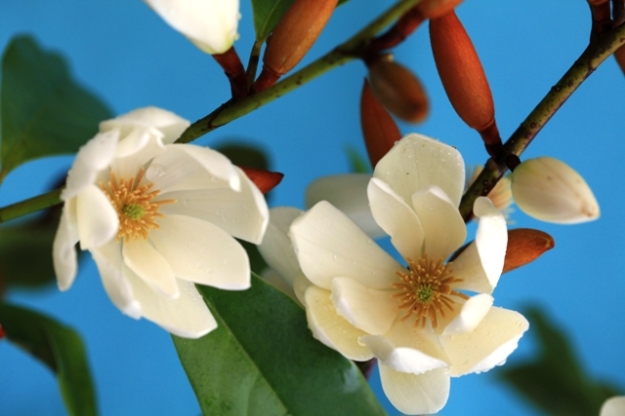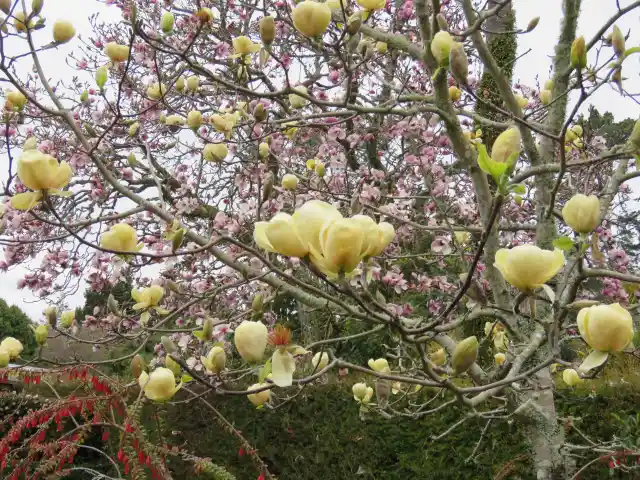
When the first yellow magnolia hybrids became available in New Zealand in the early to mid 1990s, they were a bit of a revelation. Most deciduous magnolias are from parts of central Asia and come in shades of pink, white, purple and hues through to red. Yellow seemed a significant addition and many people hadn’t realised that USA has its own deciduous magnolia and it flowers yellow. That is M. acuminata, sometimes referred to in its homelands as the cucumber tree.
It takes time to see how a magnolia will perform in a different climate. We knew that M. acuminata was very cold hardy, could grow very large (think 30 metres) and had small flowers. When you are looking at small nursery plants sporting their first yellow flowers, they can look exciting – something very different and new, to us at least. Given time, the picture becomes clearer and I quote Wikipedia: “Unlike most magnolias, the flowers are not showy. They are typically small, yellow-green, and borne high in the tree…”.

I remember talking to an American enthusiast about magnolias and it was a revelation as to different perceptions of plant hardiness. When we talked about hardiness in magnolias in our temperate climate, we measured things like vulnerability of the open flowers to frost or late storms. The timing of flowering mattered most to us. To the Americans, it was a matter of whether the bark split when the ground and trees froze in winter. That is next-level plant hardiness and they need plants that flower later in the season. Their yellow magnolia species is hardy in their winter cold.


The problem with most of the yellow hybrids in our temperate conditions is that the flowers come out late, at the same time as the leaves, and get lost in the foliage. The trees also grow extremely quickly and become large. The early hybrids came from Brooklyn Botanic Gardens In New York. We started with ‘Elizabeth’ (flowered early enough to beat the foliage but cream, not yellow and small flowers), ‘Yellow Bird’ (best yellow but flowered with its foliage and the small flowers became lost to view), ‘Yellow Fever’ (paler yellow but its main flowering came before the new foliage swamped them from sight and it still puts on a good display, despite its small flowers) and ‘Sundance’ (just another small, pale yellow in a similar mould). To those we added ‘Koban Dori’ (reputedly like a dwarf M. acuminata but the bright yellow flowers disappear behind the lush new foliage), ‘Eva Maria’ (novelty flower in a mix of pink, yellow and green that looks striking viewed close up but simply murky as a landscape tree – the same can be said of ‘Woodsman’) and ‘Hot Flash’ (which we rate as one of the better options because it is a good strong colour and it largely flowers on bare wood for us).

In the years since those early hybrids, there has been an explosion of new selections internationally. The size of blooms has increased a bit but most keep that upward pointed shape and, in our conditions, most flower with their new foliage . Many magnolia specialists agree that too many yellow hybrids have been named. We stopped collecting more because Mark started hybridising his own and none of the overseas hybrids seemed to shout out to us as ‘must-haves’.


Mark’s ‘Honey Tulip’ is the only yellow he has named and he selected it for its cup shape – rounded petals, different to the more pointed shapes of other yellow hybrids – its reasonable flower size by yellow standards, smaller growth habit than the originating species and the fact that it flowers in abundance before the leaves appear. We have not regretted selecting it as it continues to go from strength to strength as the tree matures.

But ‘Honey Tulip’ was a step on the way. Mark would have preferred a clearer yellow and his quest has always been to see if he could reach a big flower – something the size of an ‘Iolanthe’ bloom – in clear yellow with the cup and saucer form. As we edge past the peak blooming season for the Asiatic magnolias in red, white and pink, his yellow seedlings are all starting to bloom. The dream of a big, proper yellow ‘Iolanthe’ type bloom will likely take another generation or two of plant breeding and, sadly, he may be running out of time. But there is enough amongst the seedlings to see that it is possible. He has reached the size, the colour and the flower form – just not all on the same plant yet!


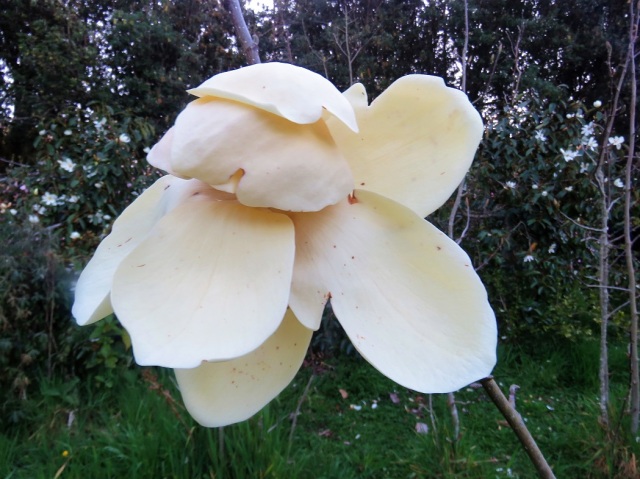




Breeding magnolias is a numbers game, Mark will tell you. Amongst the several score of yellow seedlings, there are two that excite us. Neither are big yellow ‘Iolanthes’ but there is enough that is special about them to make us pick them as worth tracking for potential selection. I don’t share photos of ones that we think may be special, sorry. You only get to see them when we rule them out or when they are actually ready for release. In a world already overcrowded with yellow magnolia selections, we need to be very confident before we add one or two more.


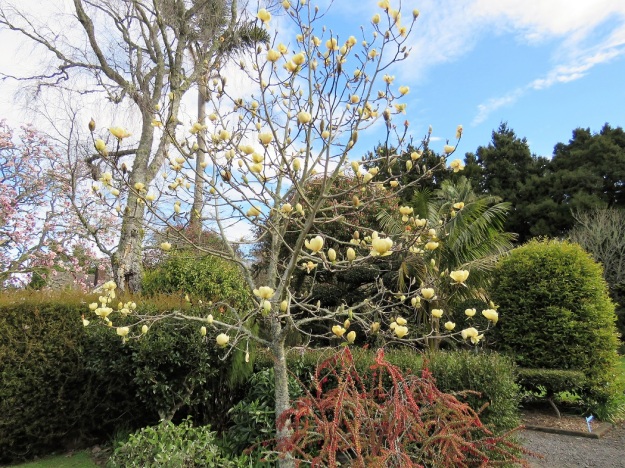




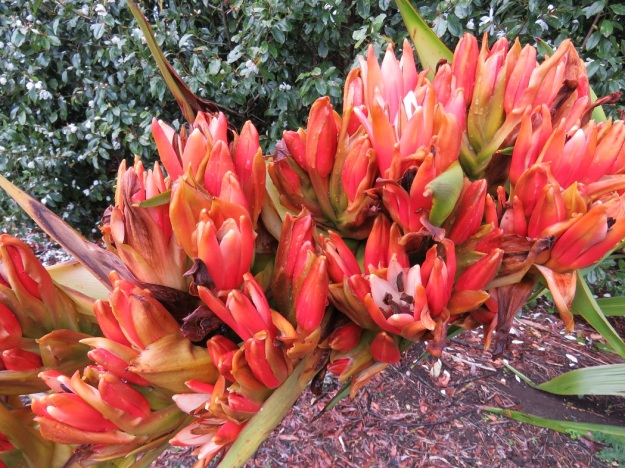
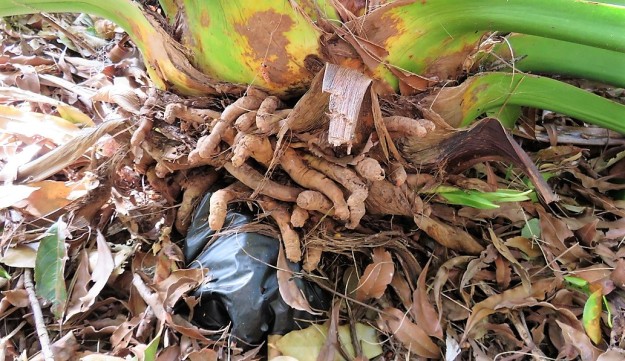 I mentioned it as a nursery relic cast aside. And indeed, I found confirmation of that this week as I was clearing around the plant. Behold, the original black planter bag, still around some of the root system. Some plants are tough and determined. It was not going to stay constricted by a pathetic little PB as we call these nursery bags.
I mentioned it as a nursery relic cast aside. And indeed, I found confirmation of that this week as I was clearing around the plant. Behold, the original black planter bag, still around some of the root system. Some plants are tough and determined. It was not going to stay constricted by a pathetic little PB as we call these nursery bags.